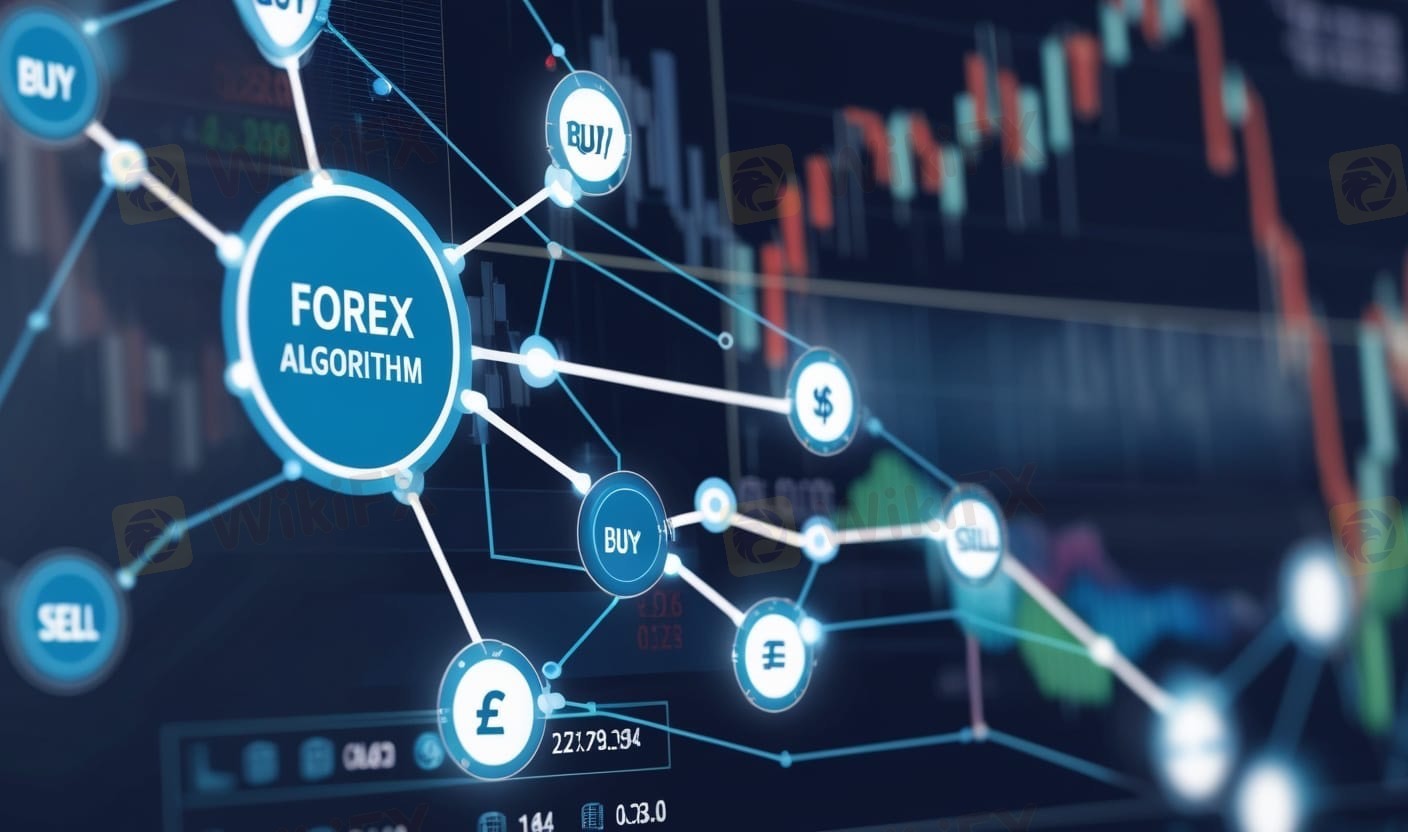
2025-02-12 02:20
業內forex algorithmic trading: strategies
#Firstdealoftheyearchewbacca
Key Components of Forex Algorithmic Trading
Successful algorithmic trading in forex markets requires a combination of the following components:
Data Sources
Accurate and real-time data is critical for developing and executing trading algorithms. Data sources include:
• Price Data: Historical and real-time prices, including bid, ask, and transaction prices.
• Economic Data: Economic indicators such as GDP, interest rates, inflation, and unemployment figures.
• Sentiment Data: News sentiment, social media sentiment, and market commentary.
Trading Platform
Traders use algorithmic trading platforms to implement and execute their strategies. Some of the widely used platforms include:
• MetaTrader (MT4/MT5): A popular platform that allows traders to develop, test, and implement algorithms using MQL programming.
• NinjaTrader: A trading platform offering algorithmic trading features with advanced charting and backtesting capabilities.
• Proprietary Platforms: Many large trading firms or financial institutions develop their own in-house algorithmic trading systems.
Backtesting
Backtesting involves testing the algorithm using historical data to assess its performance before deploying it in live markets. This process helps evaluate the effectiveness of the strategy and identify potential flaws or areas for improvement.
Execution and Risk Management
Algorithmic trading systems need to be integrated with brokerage platforms to execute trades automatically. Additionally, they need to incorporate robust risk management techniques such as:
• Stop Losses: Automated exit points to limit potential losses.
• Position Sizing: Adjusting the size of trades based on risk tolerance and volatility.
• Slippage Control: Managing and minimizing slippage during execution.
Performance Evaluation of Forex Algorithms
Evaluating the performance of forex algorithms is crucial to determine their profitability and effectiveness. Key performance metrics and evaluation techniques include:
Profitability Metrics
• Net Profit: The total profit after subtracting costs and losses.
• Sharpe Ratio: Measures the risk-adjusted return of an algorithm by comparing the excess return of the strategy to the standard deviation (volatility).
• Return on Investment (ROI): The percentage return on the initial investment over a given time period.
• Win Rate: The percentage of profitable trades versus total trades executed.
Risk Metrics
• Maximum Drawdown: The largest peak-to-trough loss over a given time period. A smaller drawdown indicates better risk management.
• Value at Risk (VaR): The maximum potential loss of a portfolio over a specified time period with a given confidence level.
• Sortino Ratio: A variation of the Sharpe ratio that focuses on downside volatility rather than total volatility.
贊 0

Justdaace
交易商
熱門討論
業內
哎,现在明白不赌就是赢啊
行情分析
美元/加元技术面
技術指標
外汇技术分析之波浪理论
業內
[活動]論交易,贏取200元話費補貼
技術指標
EZ.Fury Kite是基于趋势指标MA进行判断
技術指標
指标派是什么?
市集分類

平臺

展會

代理商

招聘

EA

業內

行情

指標
forex algorithmic trading: strategies
 尼日利亞 | 2025-02-12 02:20
尼日利亞 | 2025-02-12 02:20#Firstdealoftheyearchewbacca
Key Components of Forex Algorithmic Trading
Successful algorithmic trading in forex markets requires a combination of the following components:
Data Sources
Accurate and real-time data is critical for developing and executing trading algorithms. Data sources include:
• Price Data: Historical and real-time prices, including bid, ask, and transaction prices.
• Economic Data: Economic indicators such as GDP, interest rates, inflation, and unemployment figures.
• Sentiment Data: News sentiment, social media sentiment, and market commentary.
Trading Platform
Traders use algorithmic trading platforms to implement and execute their strategies. Some of the widely used platforms include:
• MetaTrader (MT4/MT5): A popular platform that allows traders to develop, test, and implement algorithms using MQL programming.
• NinjaTrader: A trading platform offering algorithmic trading features with advanced charting and backtesting capabilities.
• Proprietary Platforms: Many large trading firms or financial institutions develop their own in-house algorithmic trading systems.
Backtesting
Backtesting involves testing the algorithm using historical data to assess its performance before deploying it in live markets. This process helps evaluate the effectiveness of the strategy and identify potential flaws or areas for improvement.
Execution and Risk Management
Algorithmic trading systems need to be integrated with brokerage platforms to execute trades automatically. Additionally, they need to incorporate robust risk management techniques such as:
• Stop Losses: Automated exit points to limit potential losses.
• Position Sizing: Adjusting the size of trades based on risk tolerance and volatility.
• Slippage Control: Managing and minimizing slippage during execution.
Performance Evaluation of Forex Algorithms
Evaluating the performance of forex algorithms is crucial to determine their profitability and effectiveness. Key performance metrics and evaluation techniques include:
Profitability Metrics
• Net Profit: The total profit after subtracting costs and losses.
• Sharpe Ratio: Measures the risk-adjusted return of an algorithm by comparing the excess return of the strategy to the standard deviation (volatility).
• Return on Investment (ROI): The percentage return on the initial investment over a given time period.
• Win Rate: The percentage of profitable trades versus total trades executed.
Risk Metrics
• Maximum Drawdown: The largest peak-to-trough loss over a given time period. A smaller drawdown indicates better risk management.
• Value at Risk (VaR): The maximum potential loss of a portfolio over a specified time period with a given confidence level.
• Sortino Ratio: A variation of the Sharpe ratio that focuses on downside volatility rather than total volatility.
贊 0
我也要評論
提問
0條評論

還沒人評論,趕緊搶佔沙發

提問
還沒人評論,趕緊搶佔沙發